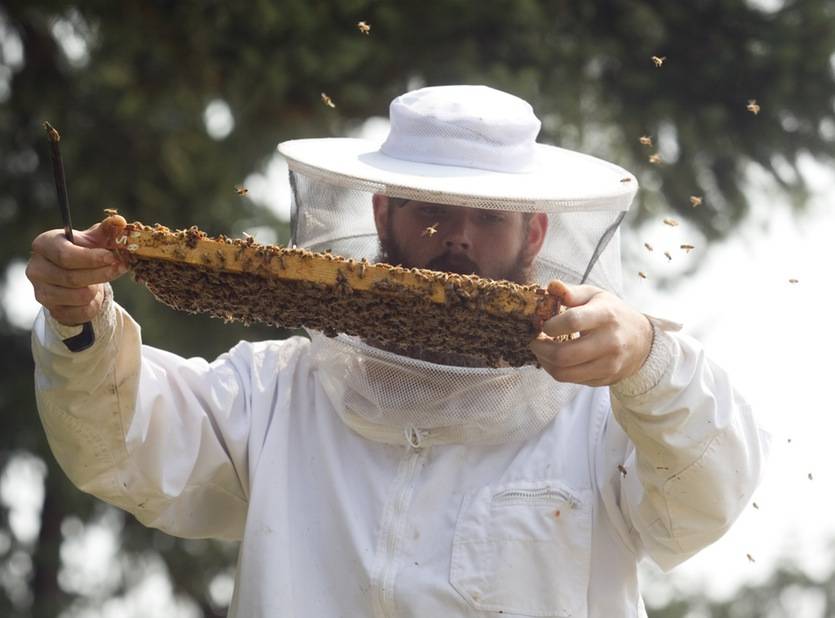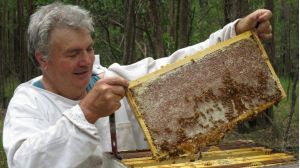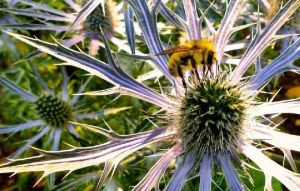Honeybee kingdoms – or, rather, queendoms – can end in tragedy. Beekeepers find hives mysteriously empty of workers with only the queen, and her nurses and babies left behind to perish when food runs out.
This phenomenon is called colony collapse disorder. And while managed honeybee colonies have declined 60% since the 1940s, according to the US Department of Agriculture, they've found it harder to bounce back in recent years says Boris Baer, director of the University of Western Australia’s Centre for Integrative Bee Research. “We’re not seeing the recovery phases anymore.”

A decline in honeybee populations as a result of colony collapse disorder may at first seem like a relief – no more swollen, aching stings. But the effect on agriculture will hurt more.
Around a third of our food production relies on honeybee pollination. Without them, we might be eating our last apples, onions, pumpkins and avocados.
So why are colonies collapsing?
The prevailing theory for colony collapse disorder is that environmental stressors cause worker bees to die too quickly and all at once, forcing younger bees who have not yet reached maturity to take their place.
These younger bees make longer trips and die earlier, triggering a cycle that ultimately leads to collapse.
As far as scientists know, these environmental stressors include pathogens, pesticides, climate, beekeeping and nutrition. And combinations of these can trigger colony collapse.

For instance, bees exposed to pesticides such as neonicotinoids have weaker immune systems, making them more at risk of disease – even infections the bees could previously have fought off.
Designed to deter pests from plants during non-blooming periods when bees aren’t typically present, neonicotinoids are absorbed by the plant leaving long-lasting traces in pollen and nectar.
For honeybees exposed to a sub-lethal dose, neonicotinoids tamper with their flying and navigation, taste sensitivity and slow their learning capabilities.
And Baer says in his opinion, bees aren’t designed to be domesticated. “The bee is a complex animal,” he says. “You can’t really contain it like a dog in a house.”
Since beekeepers truck their bee colonies to the farms and let them loose to mingle with other bee colonies, they also exchange pesticides and infect each other.
Baer says they’re overloaded as beekeepers send them out to try and pollinate huge swathes of pesticide-laden crops.
“It’s a completely new agricultural landscape that the bee is experiencing at the moment. Basically colony collapse disorder is a signal for us that tells us they can’t do this anymore.
“You can stress them to a certain level but if you go beyond this, the bee cannot recover,” he says.
So what can we do about it?
Baer suggests giving domesticated bees a landscape free of pesticides where they can recover and detoxify.
He also says studying the genetics of bees that can recover from diseases by themselves, or breeding them, could also help.
But ultimately, it comes down to not overloading the bees’ system so they can deal with the changing landscapes on their own terms.




